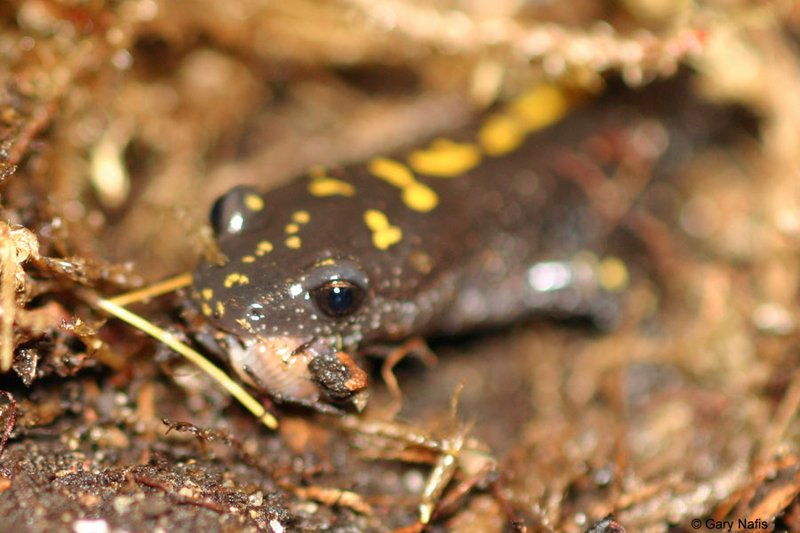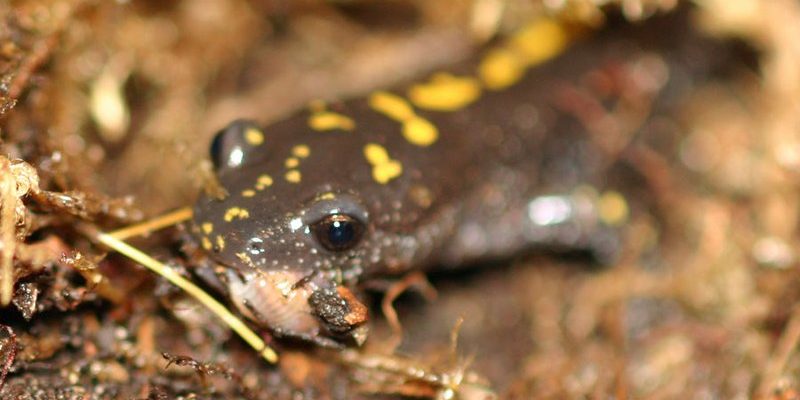
Salamanders are amphibians that thrive in moist environments, like wetlands or near streams. They play a vital role in the ecosystem as both predators and prey. Just like we depend on our favorite restaurants for a meal, salamanders have specific tastes and hunting styles that help them find their food. Let’s dive into what the salamander dines on and how it goes about catching its meals.
Understanding Salamander Diets
When it comes to what salamanders eat, their diets are pretty diverse and can vary depending on the type of salamander and its habitat. Most salamanders are *carnivorous*, meaning they primarily eat other animals. You might be surprised to learn that some species are quite picky, while others are happy to feast on whatever they can catch.
Most commonly, salamanders will munch on:
- Insects: These are the most frequent snack for many salamanders. Think of ants, beetles, and moths.
- Worms: Earthworms are like a gourmet meal to a salamander. They can’t resist those wriggly little treats!
- Small invertebrates: This includes slugs, snails, and even small fish or crustaceans in certain situations!
You might be wondering what it means if a salamander eats mostly insects and worms. It not only helps control insect populations but also shows how they fit into the food chain. Salamanders are important for balancing ecosystems, acting as a natural pest control and as prey for larger animals.
Different Types of Salamanders and Their Specific Diets
While all salamanders share a general diet, specific species can have unique preferences. For example, the Eastern Red-backed Salamander mainly feasts on tiny, soft-bodied insects and prefers the moist leaf litter for hunting. On the flip side, the Tiger Salamander has a more varied taste and will even eat small rodents if the opportunity arises!
The diet can depend on factors like:
- Habitat: Salamanders found in aquatic environments may hunt aquatic insects, while those in forests may focus on terrestrial ones.
- Age: Younger salamanders often eat smaller prey than adults, who can handle larger meals.
- Season: In colder months, some species may go into hiding and fast, affecting their eating habits.
Understanding these dietary habits can help us appreciate the role that different salamander species play in their environments. It’s like they all have their own culinary preferences!
How Salamanders Hunt
Now that we know what they eat, let’s explore how salamanders catch their meals. You might be surprised to learn that salamanders adopt various hunting techniques, depending on their species and environment.
Most often, salamanders use a method called *sit-and-wait* hunting. Much like a patient fisherman, they’ll stay still and camouflage themselves in their surroundings. When a potential meal wanders too close, they strike with surprising speed. Their long, sticky tongues help them snag prey quickly!
Some salamanders are more active hunters. They’ll roam around their habitat, carefully searching for food while using their excellent sense of smell to detect tasty morsels. Their keen senses help them find insects hiding under rocks or leaf litter.
Here are some interesting ways they hunt:
- Camouflage: Many species can blend in perfectly with their surroundings, making it harder for their prey to spot them.
- Speed: When they see food, they can dart forward quickly, often catching insects or small creatures off guard.
- Tongue Action: Their tongues can extend quickly and stick to insects, pulling them in almost instantaneously!
By using these tactics, salamanders prove to be effective hunters in the wild.
The Importance of Hunting Techniques
Understanding how salamanders hunt isn’t just interesting; it sheds light on their ecological role. Their hunting techniques allow them to thrive in various environments and adapt to available food sources.
For instance, by keeping insect populations in check, they indirectly contribute to plant health. Fewer pests mean healthier plants, which creates a more balanced ecosystem. It’s a bit of a domino effect!
Moreover, studying their behaviors can teach us about adaptability in other wildlife. How a species reacts to changes in their environment can tell us a lot about survival strategies. Salamanders are like little scientists of the wild, constantly adapting to the world around them.
Feeding Challenges and Threats
Salamanders face several challenges when it comes to finding food. Habitat loss, pollution, and climate change can all impact their ability to hunt effectively. A decline in insect populations due to pesticides, for example, could seriously affect their diet.
Additionally, if a salamander loses its habitat or is unable to find enough food, it may struggle to survive. This can lead to a drop in their populations, which is concerning for ecosystem health.
To protect these little hunters, it’s crucial to:
- Preserve natural habitats: Maintaining wetlands and forests helps keep food sources plentiful.
- Reduce pesticide use: This ensures that insect populations remain stable and healthy.
- Promote conservation efforts: Supporting local wildlife programs can help safeguard salamander populations.
If we take steps to protect their environments, we can help ensure that these unique creatures continue to thrive and fulfill their roles in our ecosystems.
Salamanders might be small, but their role in nature is anything but insignificant. From their varied diets to their unique hunting techniques, these fascinating creatures remind us of the complexity of the natural world. By understanding what the salamander eats and how it hunts, we gain insight into the delicate balance of ecosystems and the importance of every species within it.
So, the next time you spot a salamander in the wild, remember that it’s not just a colorful creature. It’s a well-adapted hunter, playing a vital role in its environment. Let’s do our part to protect these charming critters and the habitats they rely on!

